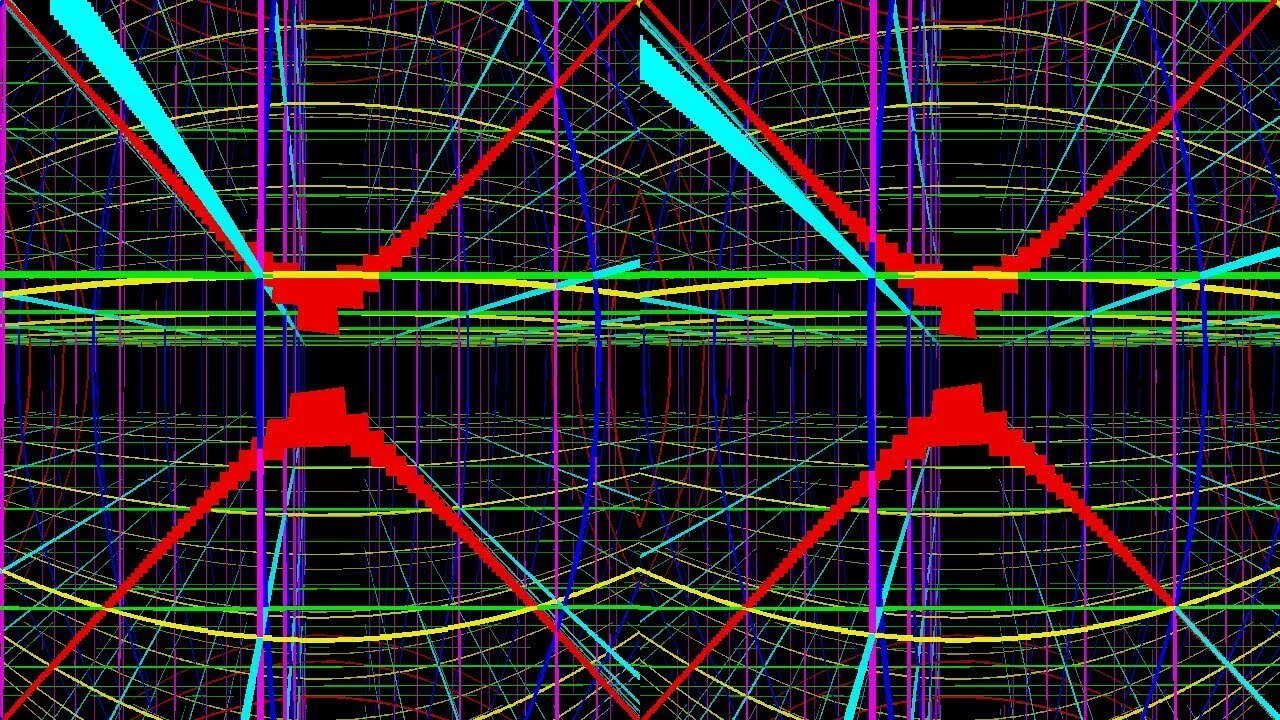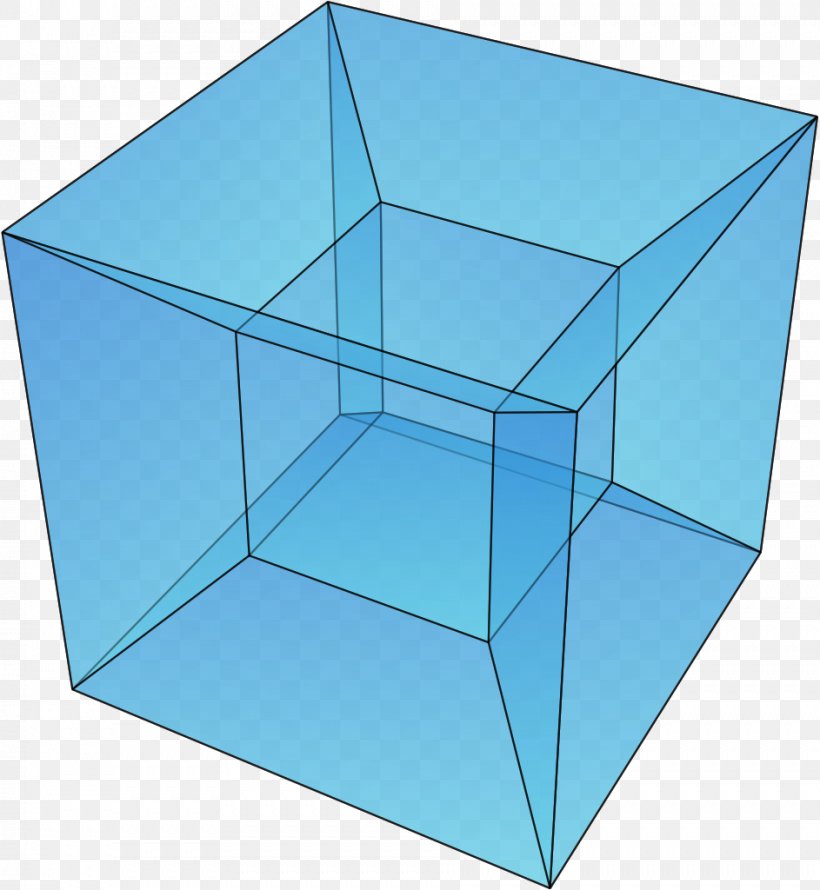Dimensional Space What is the ten-dimensional space?
Have you ever wondered about the concept of four-dimensional space? It may sound like something out of science fiction, but it is actually a real mathematical concept that has fascinated scientists and mathematicians for centuries.
What is Four-Dimensional Space?

Four-dimensional space is essentially a space that has four dimensions instead of the three dimensions that we are used to in our everyday lives. These four dimensions are height, width, depth, and time. While we can easily visualize three-dimensional objects in our minds, four-dimensional objects are much more difficult to visualize because they exist outside our everyday experience.
However, just because we can't see or experience four-dimensional space directly, it doesn't mean that it doesn't exist. In fact, four-dimensional space plays a crucial role in many different areas of mathematics and science. For example, in Einstein's theory of relativity, space and time are combined into a single four-dimensional space-time. Understanding this four-dimensional space-time is crucial to understanding how gravity works and how the universe behaves on a large scale.
Exploring Higher Dimensions

If you are familiar with the movie "Interstellar," you might have heard the term "higher dimensional space." In the movie, characters explore a higher dimensional space to travel through time and save humanity. While this may sound far-fetched, the idea of higher dimensions is actually something that physicists and mathematicians have been exploring for decades.
Higher dimensional space simply refers to spaces that have more than four dimensions. While it is impossible for us to visualize or experience these spaces directly, scientists and mathematicians use mathematical models and equations to study them. These higher dimensional spaces play a crucial role in areas such as string theory and quantum mechanics, which attempt to explain the fundamental nature of the universe.
The Fascinating World of Four-Dimensional Shapes
One of the most fascinating aspects of four-dimensional space is the existence of four-dimensional shapes, also known as 4D shapes or "hyperspheres." While we are familiar with three-dimensional shapes such as the sphere, cube, and pyramid, 4D shapes are much more complex and difficult to visualize.
Imagine taking a 3D sphere and adding an extra dimension, extending it outwards from the center of the sphere. This creates a 4D shape known as a hypersphere, which is essentially a sphere that exists in four dimensions. Hyperspheres have many unique properties, such as the fact that their volume and surface area increase at different rates as their dimensions increase.
Four-dimensional shapes have many practical applications, such as in computer graphics and gaming. For example, many video games use 4D shapes to create complex objects and environments that are difficult to create using traditional 3D shapes.
The Implications of Four-Dimensional Space
The idea of four-dimensional space and its implications for our understanding of the universe is a topic of much debate and discussion among scientists and philosophers. Some argue that the existence of four-dimensional space suggests that our perception of reality is limited by our three-dimensional experience, and that there may be even higher-dimensional spaces that we cannot even imagine.
Others argue that the concept of 4D space is purely mathematical and has no real-world implications. However, even if 4D space is purely theoretical, it still has important implications for our understanding of mathematics and physics.
Conclusion
Four-dimensional space may seem like a confusing and abstract concept, but it is actually a fundamental aspect of many areas of mathematics and science. From the importance of 4D space-time in the theory of relativity to the fascinating world of hyperspheres and higher dimensions, the study of 4D space opens up a world of possibilities and allows us to explore the fundamental nature of the universe.
If you are looking for Four-dimensional Space Hypercube Three-dimensional Space One you've visit to the right page. We have 7 Pictures about Four-dimensional Space Hypercube Three-dimensional Space One like After seeing Interstellar, higher dimensional space is interesting to, Four-Dimensional Space Observed In Lab Experiments For The First Time and also Four-dimensional Space Hypercube Three-dimensional Space One. Here you go:
Four-dimensional Space Hypercube Three-dimensional Space One
 favpng.com
favpng.com hypercube dimensional space dimension four three cube wrinkle geometry mathematics fourth tesseract challenge book notebook gnostic
Four-Dimensional Space Observed In Lab Experiments For The First Time
 www.healththoroughfare.com
www.healththoroughfare.com dimensional space four dimension 4th observed experiments lab
After Seeing Interstellar, Higher Dimensional Space Is Interesting To
 www.reddit.com
www.reddit.com dimensional interstellar visualize psychonaut
General Relativity - Does The Shape Of The Universe Refer To The
 physics.stackexchange.com
physics.stackexchange.com spacetime curvature universe esa space fabric dimensional relativity general shape does gravity wallpaper masses physics multimedia int refer science wallpapers
What Is The Four-dimensional Space?
 www.scienews.com
www.scienews.com What Is The Ten-dimensional Space?
 www.researchgate.net
www.researchgate.net dimensional space ten kb
Lost In High-dimensional Space: Study Improves The Cure For The “Curse
 www.cam.ac.uk
www.cam.ac.uk dimensional space dimensionality method effective curse cube calculations making researchers improves cure lost study projection considerable predictions pose spaces trying
Dimensional space four dimension 4th observed experiments lab. Dimensional interstellar visualize psychonaut. Dimensional space dimensionality method effective curse cube calculations making researchers improves cure lost study projection considerable predictions pose spaces trying
Post a Comment for "Dimensional Space What is the ten-dimensional space?"